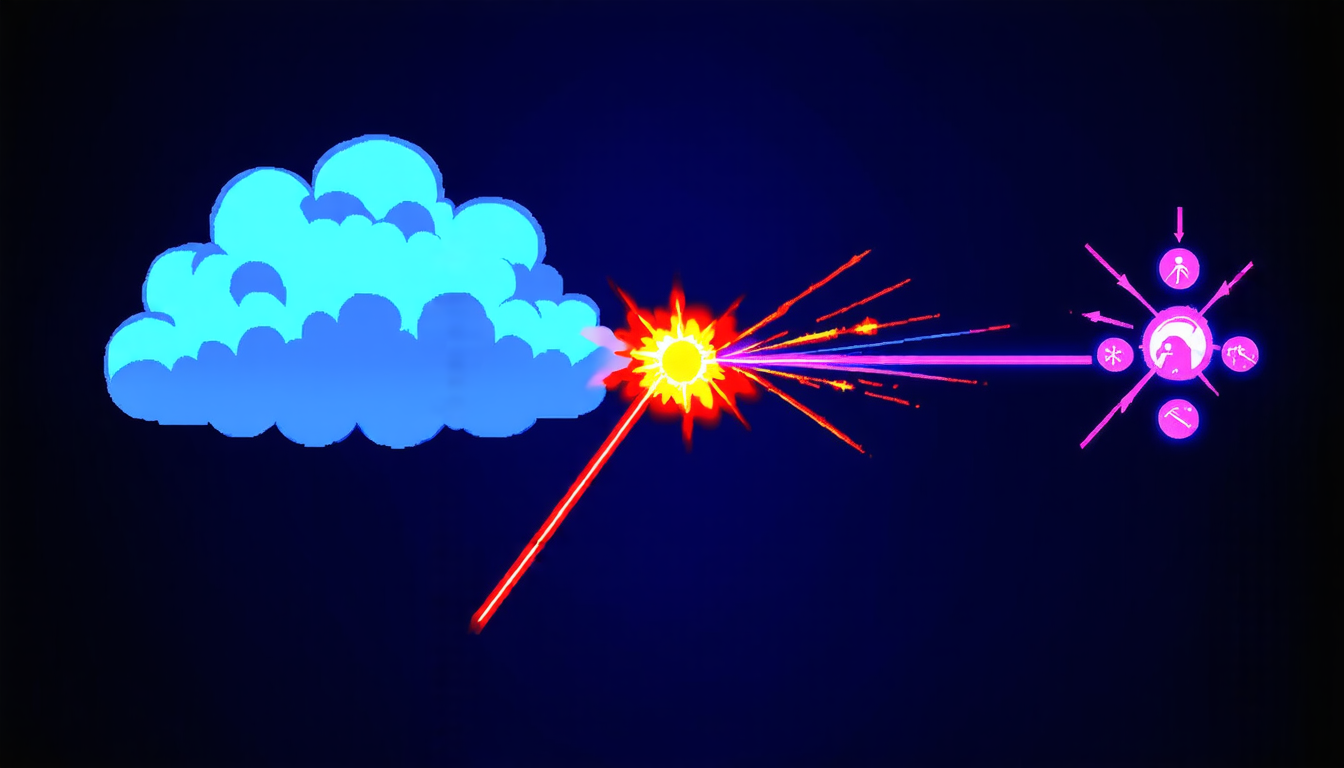Sunday 23 March 2025
The quest for a compact and powerful source of high-energy radiation has long been a challenge for physicists. Now, researchers have made a significant breakthrough in this area by demonstrating a novel method for generating intense betatron radiation using direct laser acceleration.
Betatron radiation is a type of electromagnetic wave that is produced when electrons oscillate in strong magnetic fields. In the past, generating such radiation required massive accelerators and complex infrastructure. However, recent advances in laser technology have enabled scientists to accelerate electrons to high energies using ultra-intense lasers, paving the way for more compact and efficient radiation sources.
The new method relies on the direct acceleration of electrons by a laser pulse in an underdense plasma, which is essentially a gas-like state of matter composed of ionized atoms. When the laser pulse interacts with the plasma, it creates a strong electric field that accelerates the electrons to high energies.
In their experiment, researchers used a powerful petawatt-class laser to accelerate electrons in a plasma channel created within a glass tube. The resulting betatron radiation was then measured using a detector array. The results showed that the method is capable of producing intense radiation at energies ranging from hundreds of MeV to GeV, making it a promising candidate for applications such as medical treatments and materials analysis.
One of the key advantages of this approach is its compactness and scalability. Unlike traditional accelerators, which can be massive and expensive, the laser-driven plasma accelerator is much smaller and more affordable. This makes it an attractive option for researchers working in fields where access to high-energy radiation is limited.
The implications of this breakthrough are significant, as they could enable new applications in areas such as medicine, materials science, and particle physics. For example, high-energy radiation can be used to treat cancer tumors by destroying malignant cells. In materials science, it can be used to analyze the properties of materials at the atomic level.
While there is still much work to be done before this technology becomes widely available, the potential benefits are clear. The development of compact and powerful sources of high-energy radiation could revolutionize our understanding of the universe and open up new avenues for scientific research and medical treatments.
Cite this article: “Breakthrough in Betatron Radiation Generation Using Direct Laser Acceleration”, The Science Archive, 2025.
Betatron Radiation, Direct Laser Acceleration, Plasma Accelerator, High-Energy Radiation, Compact Source, Intense Radiation, Electron Acceleration, Petawatt-Class Laser, Medical Treatments, Materials Analysis







